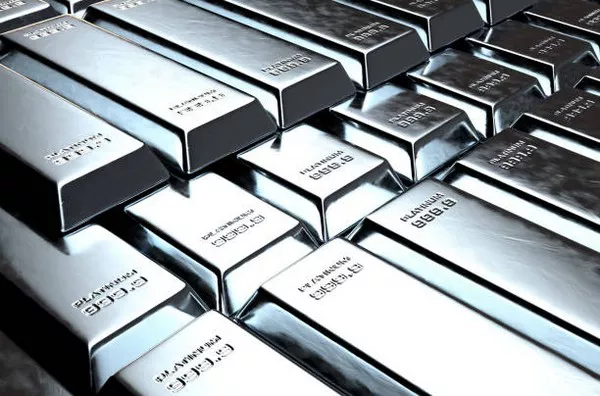Investing in silver jewelry can be a rewarding experience, but distinguishing between genuine silver and its imitations can be a daunting task. With a myriad of options available in the market, it is crucial to arm yourself with the knowledge required to differentiate between real silver and its less valuable counterparts. This article aims to provide you with a comprehensive guide on how to tell if jewelry is real silver.
Hallmarks and Stamps:
One of the most reliable methods for identifying real silver is by checking for hallmarks or stamps. Authentic silver jewelry typically features markings that indicate its purity and authenticity. Common markings include “925” or “Sterling,” indicating that the piece is composed of 92.5% pure silver. Additionally, you may find other symbols, such as a lion or an anchor, depending on the country of origin.
Inspect the jewelry closely for these hallmarks, usually located on the inside of rings, bracelets, or the clasps of necklaces and bracelets. However, keep in mind that the absence of a hallmark does not necessarily mean the piece is fake, as some older or smaller items may not have been marked.
Magnetic Attraction:
Silver is not magnetic, so a simple test involves using a small magnet to check for attraction. Genuine silver should not be attracted to the magnet, while metals like nickel or iron used in imitation jewelry may exhibit magnetic properties. Hold the magnet close to the jewelry; if it shows any signs of attraction, it is likely not authentic silver.
Weight:
Another characteristic of real silver is its weight. Genuine silver jewelry tends to be heavier than its imitations due to its density. When comparing pieces of similar size, the authentic silver piece will feel more substantial in your hand. This weight difference can be subtle, so it is essential to familiarize yourself with the typical weight of silver jewelry.
Conduct a Nitric Acid Test:
For those who want a more scientific approach, a nitric acid test can be performed to verify the authenticity of silver. This test involves applying a small drop of nitric acid to an inconspicuous area of the jewelry and observing the reaction. Genuine silver will exhibit a creamy color, while fake silver may turn green or produce a different color. It’s crucial to note that this test should be conducted with caution, and it is recommended to seek professional assistance if you are unsure about performing it yourself.
Tarnish and Patina:
Silver naturally tarnishes over time due to exposure to air and moisture. While tarnish may not be desirable in terms of appearance, it is an excellent indicator of authentic silver. Real silver will tarnish, but it can be easily restored to its original shine with proper cleaning. If the jewelry remains unaffected by tarnish or seems too pristine, it may be a sign that it is not genuine silver.
Price and Source:
As the saying goes, “If it seems too good to be true, it probably is.” While this may not be a foolproof method, the price and source of the jewelry can provide valuable insights. Authentic silver comes at a certain cost due to its intrinsic value, so be cautious of deals that appear unusually inexpensive. Purchase from reputable sources, such as established jewelers or reputable online retailers, to minimize the risk of acquiring counterfeit silver.
Acid Smell Test:
An additional method to identify real silver involves the smell of the metal when it comes into contact with skin. Real silver does not produce a strong odor, whereas fake silver, often composed of base metals, may emit a noticeable smell. This method is less commonly used, and it’s essential to consider other factors in conjunction with the smell test for a more accurate assessment.
See Also What Is A Good Silver ETF? A Comprehensive Guide
Conclusion:
Investing in real silver jewelry requires a keen eye and a basic understanding of the distinguishing characteristics of authentic silver. By examining hallmarks, checking for magnetic properties, assessing weight, conducting tests, considering tarnish, and being mindful of the price and source, you can increase your confidence in identifying real silver. Remember that in cases of uncertainty, seeking the opinion of a professional jeweler or appraiser can provide valuable confirmation. Armed with these insights, you can embark on your silver jewelry journey with the assurance that you are making informed and discerning choices.


